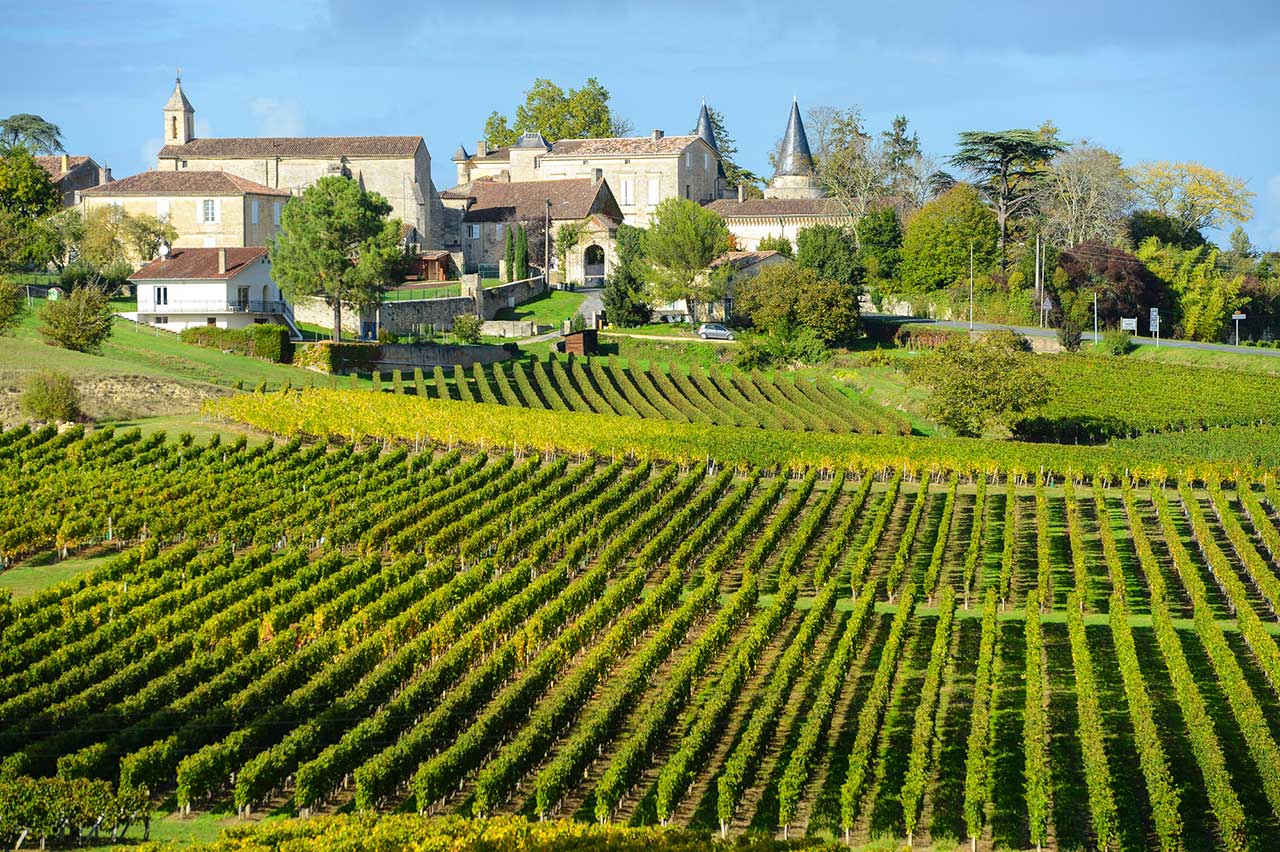After a week in Bordeaux, where I tasted more than 400 wines from the 2005 vintage, there is no question that this is a great vintage for red, dry white and sweet white wines. Although nature was equally benevolent across the regions, winemaking techniques (how long to macerate, how much new wood) and decisions (when to pick) resulted in dramatically different styles of wine, especially in Saint-Emilion.
Most of the wines are powerfully ripe yet balanced. Tannins are abundant, but complemented by layers of fruit. While excellent, this vintage lacks the charm the wines from 1982, a recent benchmark for great Bordeaux, showed at a comparable stage. The 2005s are well structured and will need plenty of time to evolve. But, a word of caution. Some wines are overly tannic and out of balance at this stage. Whether they will ever come together is speculation.
The difference in approach between Château Margaux and Château Pavie exemplifies winemaking decisions that resulted in vastly different styles of wine. At Margaux, the Merlot was harvested at 14-plus percent alcohol. Most went into Pavillon Rouge, the chateau’s second wine, because Paul Pontallier, administrator of Margaux, felt the “ripe merlot” was not ideal for their style.
Consequently, the blend for the 2005 Château Margaux is only eight percent Merlot and 85 percent Cabernet Sauvignon, an unusually high proportion (the vineyard is planted 75 percent to Cabernet Sauvignon). It weighs in at a modest, for this vintage, 13 percent alcohol and is a sensational multidimensional, harmonious wine.
Gérard Perse at Château Pavie opted for a different style. The ripe Merlot received four to five weeks of maceration to extract every last molecule of flavor and tannin. The wine tipped the scales at 14-plus percent alcohol and will be aged in 100 percent new oak barrels for more than two years. Although I heard some tasters praising it, to me it was an impenetrable, overly aggressive and unbalanced wine.
Look to lesser AOCs for good buys
Most prices have yet to be released. The top wines will be horrifically expensive. I wouldn’t be surprised to see the first growths open at more than $500 a bottle at the retail level. There are at least three major reasons for the high prices, say Bordelais merchants. The wines are superb. There already has been enormous interest in the vintage, even before the wines were tasted. New customers from Japan, China, Russia and other parts of Asia are putting the pressure on prices. America is still the leading market for top Bordeaux, but it has increasing competition.
Peter M.F. Sichel, owner of Chateau Fourcas Hosten in Listrac and longtime Bordeaux expert, notes: “There will be two levels. The top 40 or so wines will be unaffordable for most, but there will be endless good wines at reasonable prices.” I have already started to see some attractive prices for lesser-known properties, such as the Cru Bourgeois Chateau Petit Bocq in Saint Estephe, for $189 a case at Zachys Wines and Liquors in Scarsdale, New York (www.zachys.com).
Many wines with a less exalted pedigree from the Haut-Medoc, Listrac and Moulis are delicious. It is an excellent vintage for people either just starting or wishing to expand their cellars because there are hundreds of excellent wines that I’m sure will be reasonably priced. Some vintages are dubbed “commercial” for producing relatively early maturing wines for restaurants. This vintage is not.
The 2005 vintage offers consumers a unique opportunity to cellar Bordeaux and reward themselves five to ten years later, after the wines have unfolded and developed as only Bordeaux does. These wines will take time to develop, to allow the tannins to mellow and the ripe fruit character to transform like magic into almost indescribable flavors.
The weather made the wines
It was a perfect growing season, warm and dry throughout the region. Bordeaux did not suffer the extreme heat of 2003, but the warmth allowed the Cabernet Sauvignon to achieve excellent ripeness. No one reported needing to chapitalize (add sugar because of under-ripe grapes). According to Alain Vauthier, proprietor of Chateau Ausone and others, the cool nights — unlike 2003 — allowed the grapes to hold their acidity and keep the wines fresh.
It was a dry year, with rainfall only about 60 percent of normal. The harvest took place under endless sunny skies, which allowed winemakers to wait — sometimes too long in my opinion — to harvest until the grapes were extremely ripe. John Kolasa, Président Directeur Général of Rauzan-Ségla, told me that it was the first “relaxed” harvest he remembers because there was no anxiety about the weather. The result was a smaller crop of concentrated grapes; hence the wines have abundant fruit and plenty of tannin and acid.
Unlike 2000, when the weather conditions and ripeness blurred the distinctions between the various communes and AOCs, the wines in 2005 reflect their origins. The wines from Pauillac taste like Pauillac and the wines from Graves taste of Graves.
The Whites
The dry white wines are absolutely stunning and consistent across the board. They are packed with flavor and vibrantly fresh. There was less variability in style, perhaps because there are fewer people attempting different techniques with the whites compared to the reds. The relative lack of tannin in the whites means that component can’t overshadow the flavors.
The sweet wines are luscious and balanced by bright acidity, making 2005 the first year since 1990 when all three categories showed exceptionally well.

